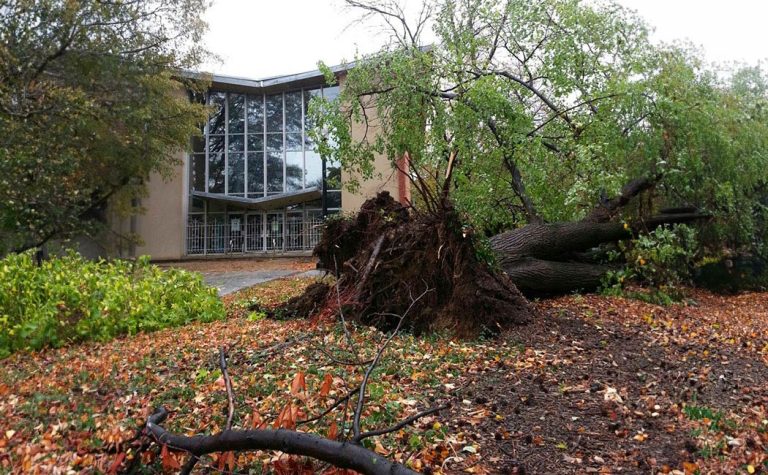Fallen Tree Removal Costs In Scottsdale
When a tree falls due to a storm, age, or decay, you must have it removed as soon as possible. The cost is determined by a number of criteria, the most important of which is how difficult the tree removal service anticipates the removal to be. If the tree fell near overhead utility lines, call…




